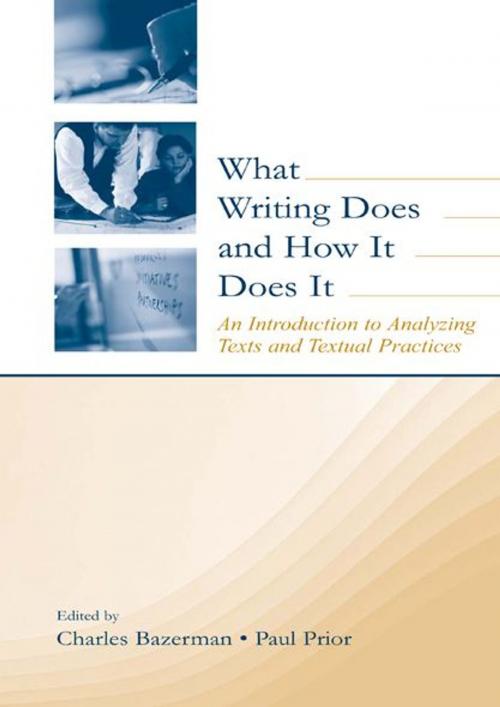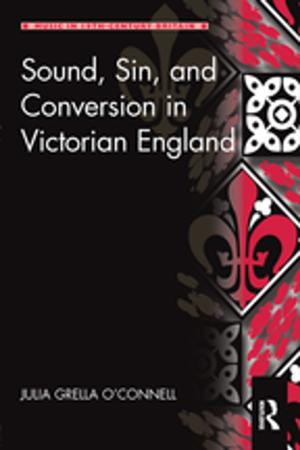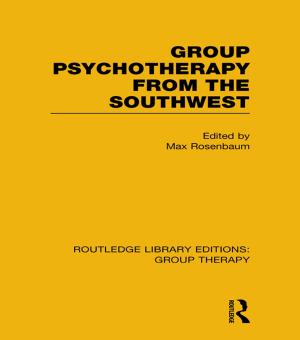What Writing Does and How It Does It
An Introduction to Analyzing Texts and Textual Practices
Nonfiction, Reference & Language, Language Arts, Communication, Writing & Publishing, Composition & Creative Writing| Author: | ISBN: | 9781135649685 | |
| Publisher: | Taylor and Francis | Publication: | December 8, 2003 |
| Imprint: | Routledge | Language: | English |
| Author: | |
| ISBN: | 9781135649685 |
| Publisher: | Taylor and Francis |
| Publication: | December 8, 2003 |
| Imprint: | Routledge |
| Language: | English |
In What Writing Does and How It Does It, editors Charles Bazerman and Paul Prior offer a sophisticated introduction to methods for understanding, studying, and analyzing texts and writing practices. This volume addresses a variety of approaches to analyzing texts, and considers the processes of writing, exploring textual practices and their contexts, and examining what texts do and how texts mean rather than what they mean. Included are traditional modes of analysis (rhetorical, literary, linguistic), as well as newer modes, such as text and talk, genre and activity analysis, and intertextual analysis.
The chapters have been developed to provide answers to a specified set of questions, with each one offering:
*a preview of the chapter's content and purpose;
*an introduction to basic concepts, referring to key theoretical and research studies in the area;
*details on the types of data and questions for which the analysis is best used;
*examples from a wide-ranging group of texts, including educational materials, student writing, published literature, and online and electronic media;
*one or more applied analyses, with a clear statement of procedures for analysis and illustrations of a particular sample of data; and
*a brief summary, suggestions for additional readings, and a set of activities.
The side-by-side comparison of methods allows the reader to see the multi-dimensionality of writing, facilitating selection of the best method for a particular research question.
The volume contributors are experts from linguistics, communication studies, rhetoric, literary analysis, document design, sociolinguistics, education, ethnography, and cultural psychology, and each utilizes a specific mode of text analysis. With its broad range of methodological examples, What Writing Does and How It Does It is a unique and invaluable resource for advanced undergraduate and graduate students and for researchers in education, composition, ESL and applied linguistics, communication, L1 and L2 learning, print media, and electronic media. It will also be useful in all social sciences and humanities that place importance on texts and textual practices, such as English, writing, and rhetoric.
In What Writing Does and How It Does It, editors Charles Bazerman and Paul Prior offer a sophisticated introduction to methods for understanding, studying, and analyzing texts and writing practices. This volume addresses a variety of approaches to analyzing texts, and considers the processes of writing, exploring textual practices and their contexts, and examining what texts do and how texts mean rather than what they mean. Included are traditional modes of analysis (rhetorical, literary, linguistic), as well as newer modes, such as text and talk, genre and activity analysis, and intertextual analysis.
The chapters have been developed to provide answers to a specified set of questions, with each one offering:
*a preview of the chapter's content and purpose;
*an introduction to basic concepts, referring to key theoretical and research studies in the area;
*details on the types of data and questions for which the analysis is best used;
*examples from a wide-ranging group of texts, including educational materials, student writing, published literature, and online and electronic media;
*one or more applied analyses, with a clear statement of procedures for analysis and illustrations of a particular sample of data; and
*a brief summary, suggestions for additional readings, and a set of activities.
The side-by-side comparison of methods allows the reader to see the multi-dimensionality of writing, facilitating selection of the best method for a particular research question.
The volume contributors are experts from linguistics, communication studies, rhetoric, literary analysis, document design, sociolinguistics, education, ethnography, and cultural psychology, and each utilizes a specific mode of text analysis. With its broad range of methodological examples, What Writing Does and How It Does It is a unique and invaluable resource for advanced undergraduate and graduate students and for researchers in education, composition, ESL and applied linguistics, communication, L1 and L2 learning, print media, and electronic media. It will also be useful in all social sciences and humanities that place importance on texts and textual practices, such as English, writing, and rhetoric.















